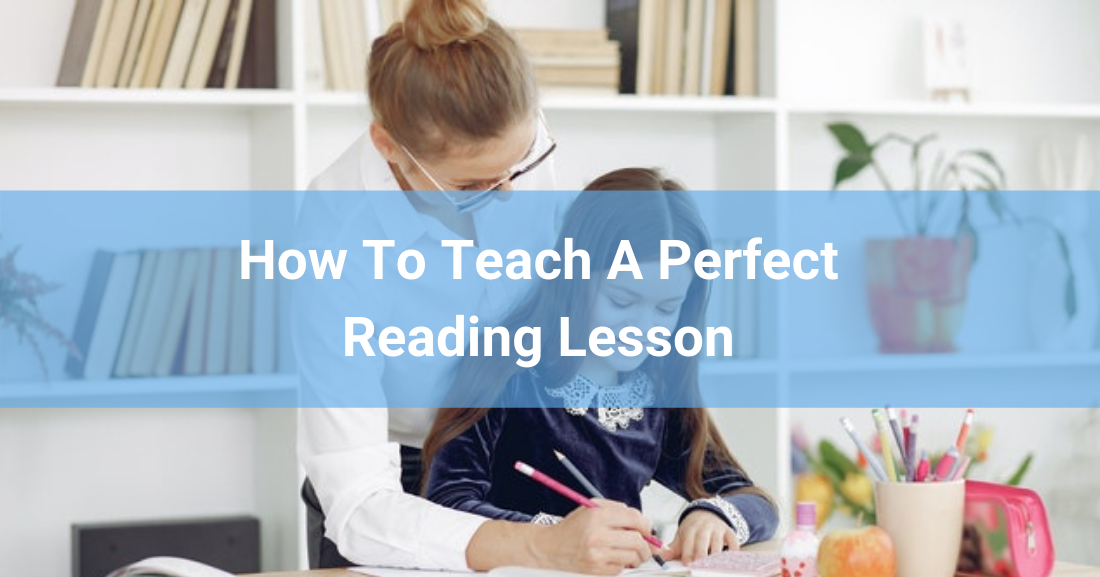How To Teach A Perfect Reading Lesson


Worksheets can be used in many lessons to not only practice material and prepare for exams but also to allow students to have fun.
You can create worksheets to go along with listening, reading, writing, and speaking activities so they are a very adaptable teaching tool.
Using Worksheets to Teach Listening
For listening activities you can have fill in the blank exercises that go along with songs as well as matching or multiple choice questions that relate to passages you read aloud. For these types of activities, it is best to review the worksheet as a class and provide an example before having students listen to the material. Two to three repetitions may be needed before students have completed the worksheet. Correct the answers aloud as a class to give students some speaking practice and when appropriate you can have students listen to the material once more after they have corrected their answers and before moving on with the lesson.
Using Worksheets to Teach Reading
Creating worksheets for reading passages is an excellent method of testing students’ comprehension of the material as a whole as well as the meaning of specific vocabulary words. For a short reading activity, have students read the material you have prepared silently and then take turns reading sections of the passage out loud. On the worksheet you can use true or false questions, fill in the blank sentences, and basic questions to test comprehension and then an activity such as matching synonyms to ensure students understand certain vocabulary words. These answers can be checked aloud as a class.
Using Worksheets to Teach Writing
Worksheets can help give students a clear structure for writing activities too. You can have students create sentences using the target structure, giving them as much or as little guidance as you choose. For example, for the writing section in a past simple lesson you can have five questions such as “What did you do yesterday?” that students must write answers to or simply ask students to write five past tense sentences. You could also give a prompt such as “Write five sentences about your last birthday party.” Sometimes it is best to combine these so that students work up to writing longer passages. The first section can be five questions centered on a specific theme and the second section can be a prompt relating to the same theme. This way, students already have five complete sentences they can use in the paragraph for the second section. While a little redundant, students are often overwhelmed by the idea of writing an entire paragraph in English and find it difficult to think of words or phrases to include when a specific theme is given so this method allows students to answer simple questions, provides a lot of thematically appropriate vocabulary, and gives students the support needed to perform well on the second task. Reading paragraphs aloud at the end of class will give students an opportunity to learn about their fellow students and further speaking practice.
Using Worksheets to Teach Speaking
Even speaking activities can be structured using worksheets. Pair activities, where students ask and answer questions which they have already answered on their worksheets, gives students time to compose their responses in advance but also practice expressing themselves aloud as well. Interview activities are an excellent way to get the entire class moving; students have to ask classmates questions and get different signatures for every question on the worksheet. As mentioned above, you can check the answers to any section of a worksheet aloud as a class and turn it into a speaking activity. Students can be asked to translate the questions, provide answers, and even translate the answers if you think something is unclear.
Using Worksheets to Teach Combined Skills
The best worksheets will combine several types of activities so that students can have more variety in their lesson and are not bored by a particular type of exercise dominating their class time. Worksheets can easily focus on listening or reading exercises to start off with, turn into speaking exercises when checking answers or doing a pair activity, and then finish off with a writing section where students can use the new material or target structures along with previously learned material in their answers. If you think some students will finish activities more quickly, you can include a fun section such as a crossword or word search for those students with extra time.
As worksheets play an important part in ESL learning, it is worth putting in extra effort when creating them and trying your best to make them appealing to students. When possible insert related images or activities such as crosswords and word searches that students perceive more as games than as learning exercises. When appropriate you can also reward students who perform especially well with stickers or stamps to give students more of an incentive to spend their class time productively.